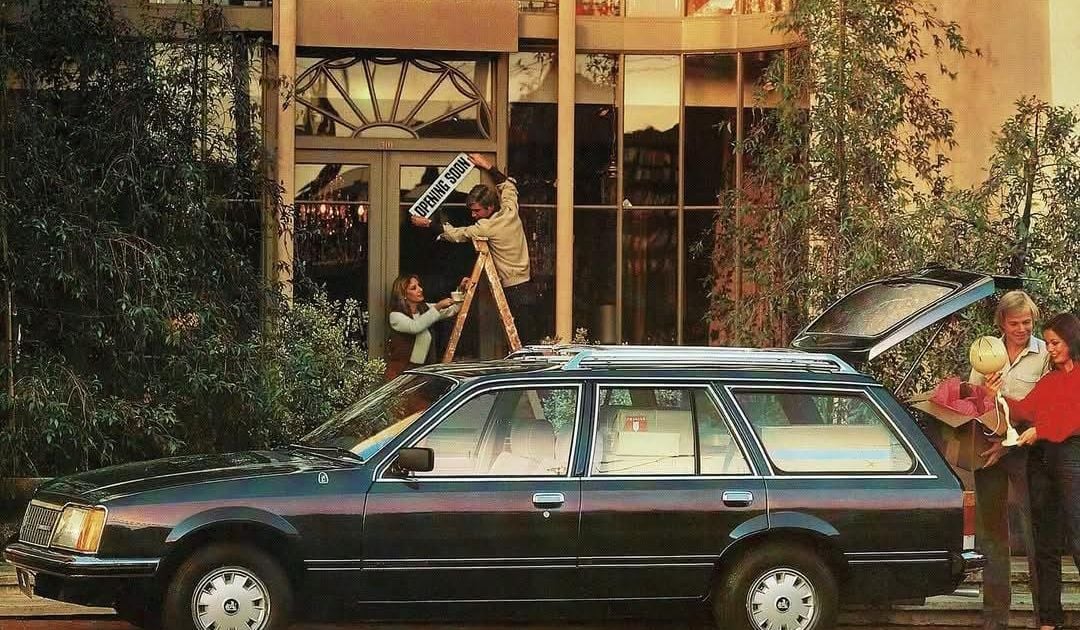
Five Holden Commodores you may have forgotten
The Holden Commodore was manufactured locally from 1978 to 2017, and then imported until 2019, and for many years it was Australia’s best-selling car.
It’s not surprising, then, that there have been dozens of permutations of the popular large car, including sedans, wagons, utes, special editions and short-lived variants. And that’s without counting versions of the Commodore fettled by HSV.
We’ve already looked at the ultra-rare One Tonner Cross6, as well as the Commodore-based Royale for export markets. Now, let’s look at five more Holden Commodores you may have forgotten.
MORE: 10 Holdens you may have forgotten about
MORE: More Holdens you may have forgotten
VC, VH Commodore with Starfire
Is it too much of a stretch to say this sluggish four-cylinder Commodore killed the idea of a four-cylinder large car for Australian buyers?
Over two decades later, the four-cylinder EcoBoost-equipped Ford Falcon failed to fire despite being a genuinely good vehicle. Were big car buyers haunted by the memory of the Starfire?
The Falcon EcoBoost’s turbocharged mill was certainly better than the naturally aspirated Starfire engine in the VC and VH Commodore, infamously referred to as the Misfire.
As was often the case with Holden products (see: Commodore, Nova, Astra, etc), the Starfire reused a name from a General Motors division overseas.
The Starfire was a fancier version of the 98 and later 88 full-size models from the ‘mid-priced’ Oldsmobile brand in the US, before going into hibernation for nine years and returning as the brand’s new entry-level offering.
Clearly, Holden was inspired by this later use of the Starfire name, as it would appear first in 1978 in the Sunbird, a more affordable, four-cylinder version of the Torana. The Starfire, GM-Holden’s first four-cylinder engine, replaced an Opel-developed 1.9-litre four-cylinder engine.
GM-H reportedly spent $17 million developing the engine, taking its by then 15-year old overhead-valve six and lopping off two cylinders. The new four-cylinder shared 56 per cent of its components with the 2.85-litre six, and had the same bore and stroke.
Contemporary reviews found it to be an improvement over the old Opel four in terms of driveability and economy, and it was lighter to boot.
But Wheels famously dubbed it a “misfire” and said, “If this is the state of the art of four-cylinder engines in 1979, then a new dark age is upon us.”
With the Torana/Sunbird lineup showing its age and getting the axe in 1980, and its front-wheel drive Camira replacement not set to be ready until 1982, Holden put the new Starfire engine in the facelifted 1980 VC Commodore. It was slotted in below the 2.85- and 3.3-litre inline sixes and the 4.2- and 5.0-litre V8s.
Sales of mid-size, four-cylinder models like the Mitsubishi Sigma were booming at the time, and Holden didn’t want to miss out.
The engine arrived in the VC Commodore in mid-1980, a few months after inline six and V8 Commodores. It was available only in L and SL trims, in either sedan or wagon body styles and with either a four-speed manual or three-speed auto.
Starfire-equipped models were distinguished by smaller 13-inch wheels. The Commodore was a heavily Australianised version of the Opel Rekord and Commodore, and had a longer nose like that of the latter, which reportedly led Holden to consider using the shorter Rekord nose for Starfire models. This didn’t come to pass.
You saved around $250 getting a four-cylinder Commodore L over an equivalent six, and around $600 with the SL.
But while the VC Commodore got the new Phase II version of the Starfire engine, this was still far from high-tech even though Holden’s marketing material said it had “the world’s most advanced automotive technology”.
Critics said the Starfire-equipped Commodore was a bit quieter than the Sunbird, but it was actually down 2kW. It produced just 58kW of power and 140Nm of torque. That was also 18kW and 52Nm less than the smaller of the VC’s two sixes, though it weighed 60kg less.
It wasn’t just the two missing cylinders that brought down the kerb weight, as Holden also removed the rear anti-roll bar. Holden also used revised front springs given the lighter weight of the engine.
Contemporary reviews praised the Commodore’s ride and handling, which was deemed superior to that of its Japanese-branded rivals. Fuel economy was fairly close, too. What a pity it was so slow, then.
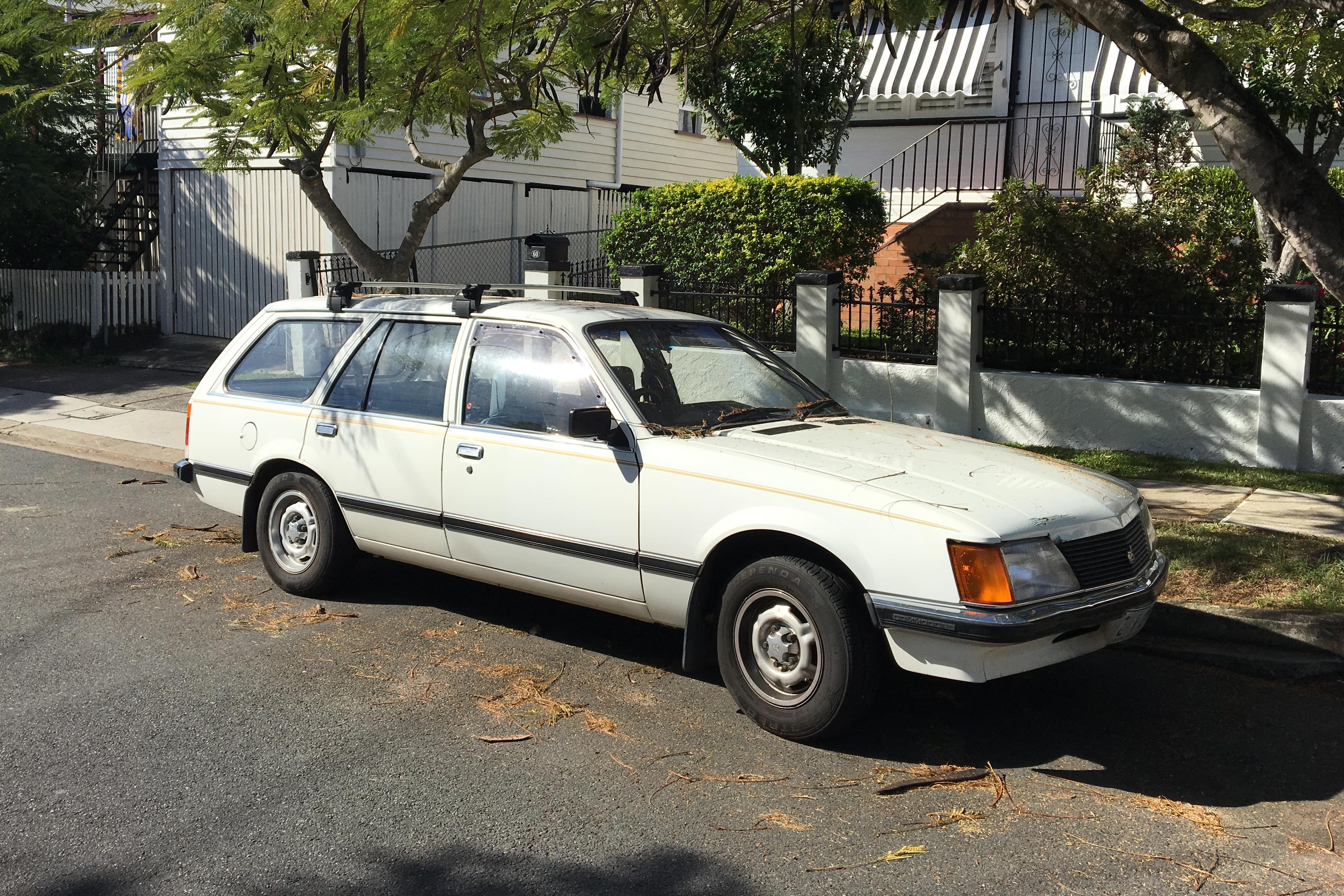
VH Commodore
Holden said it had “surprisingly quick” acceleration, but most outlets recorded 0-100km/h times of between 17 and 18 seconds at a time when a 2.6-litre Mitsubishi Sigma or 2.0-litre Mazda 626 could do the same dash in around 13 to 14 seconds.
Released in late 1981, the VH update was a rather extensive facelift that gave the Commodore a more substantial look outside and a more refined look inside. The L became the SL and the SL became the SL/X, and once again the four-cylinder engine was available only with these two entry-level trims.
There were some mechanical changes too, with Pulsair air injection added to the Starfire, and the four-speed manual ditched for a five-speed Borg-Warner unit also used in the rival Mitsubishi Sigma.
While critics found the five-speed improved fuel economy and driveability, Starfire VH models were down on power and torque, which dropped to 54kW and 138Nm respectively. Peak torque was also now available at 2800rpm, instead of 2400rpm as before.
While the Starfire was retired from the Australian Commodore lineup after the VH, it was continued in the subsequent VK series in New Zealand.
There had been rumours the overhead-cam Family II four-cylinder engine from the Camira would be used in the Commodore. It was eventually employed in the VN Commodore, but only for export markets.
VL Calais wagon
Car manufacturers in Australia seemed to be really averse to having fully loaded wagons, perhaps having accurately predicted they wouldn’t be terribly popular.
Mitsubishi offered a Verada wagon, but never in top Xi trim; likewise, Toyota never produced a Vienta Grande wagon. Ford offered a Fairmont Ghia wagon, but only for the XF, EA and EB series.
Then there was Holden. While the final two generations of Commodore offered a wide range of wagons, including posh Calais and Calais-V variants, you need to rewind to the 1980s to find another Calais wagon.
The Calais nameplate appeared with the 1984 VK Commodore, replacing the SL/E as the flagship. The VL Commodore range, including the Calais, launched in 1986, but a Calais wagon didn’t appear until 1988.
The VL marked the first (and only) generation of Commodore to be powered by inline six-cylinder engines sourced from Nissan, including a turbocharged 3.0-litre that remains highly sought after today. The old Holden sixes were tossed on the scrap heap, though the 5.0-litre V8 continued.
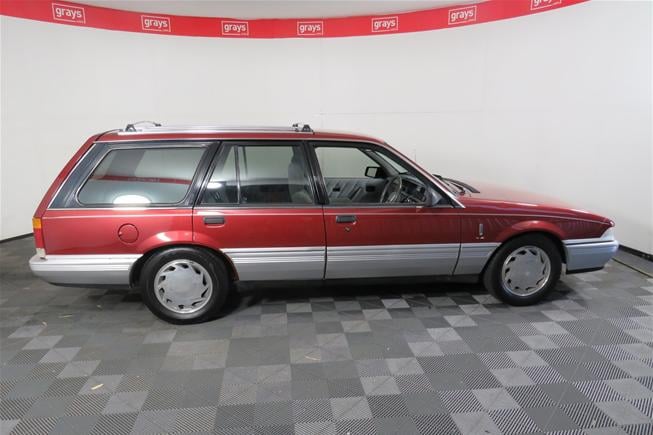
Photo credit: Grays
The VL Calais wagon was available with either the naturally aspirated or turbocharged 3.0-litre sixes, plus the 5.0-litre V8.
Only 200 VL Calais wagons were produced in total by Holden, though prior to this the Holden Dealer Team had converted some Berlina wagons to Calais spec.
That was still more than the last time Holden offered a wagon version of its fanciest Commodore, with a smaller number of VC SL/E wagons produced several years earlier.
VP Calais International
Vacationer, Lumina, Equipe – Holden had plenty of nameplates it would dust off intermittently for special-edition variants.
International was another, last appearing on the VF in 2014. But its very first application was on a rather distinctive limited-run VP back in 1992.
And you guessed it – this was another borrowed name, once again being taken from Oldsmobile. Amusingly, Oldsmobile had just replaced a model in its lineup called the Cutlass Calais – which was offered in International trim – by the time Holden was rolling out the Calais International on the other side of the world.
The 1991 VP was the first generation of Commodore to offer independent rear suspension (IRS), which was fitted as standard to Calais and SS models. It was also the first with anti-lock brakes, which was progressively rolled out to various Commodore models during the VP’s 1991-1993 run, starting in 1992 with V8 models with IRS.
Unlike some later International models, then, the 1992 VP Calais International was about as good as a Commodore could get. It was also fitted as standard with the fuel-injected 5.0-litre V8, mated to a four-speed automatic transmission, producing 165kW and 385Nm.
Distinctive alloy wheels were wrapped in Pirelli tyres, while there were front and rear bumper skirts, side skirts, a rear lip spoiler, fog lights, and a unique grille. The look was intended to make the Calais look more European – you be the judge as to whether it worked.
Inside, a black dashboard was complemented with tan/brown leather and suede seat trim. Standard equipment included a six-speaker sound system, power windows, cruise control and automatic climate control.
“Being priced below the luxury tax level should make it infinitely more attractive than its more highly priced European counterparts,” the promotional material read.
At $43,825, the Calais International was around $4000 more expensive than a regular V8 Calais, but it did undercut even the most affordable Mercedes-Benz (the 180E) and was priced up against a BMW 318i ($42,450).
According to Terry Bebbington’s tome 60 Years of Holden, just 300 examples were produced, all in Anthracite or White paint.
VT SS supercharged V6
Holden retired the SS nameplate when it came time to replace the homegrown VF with the imported ZB. After all, there was no longer a V8, and you can’t call something without a V8 ‘SS’ right?
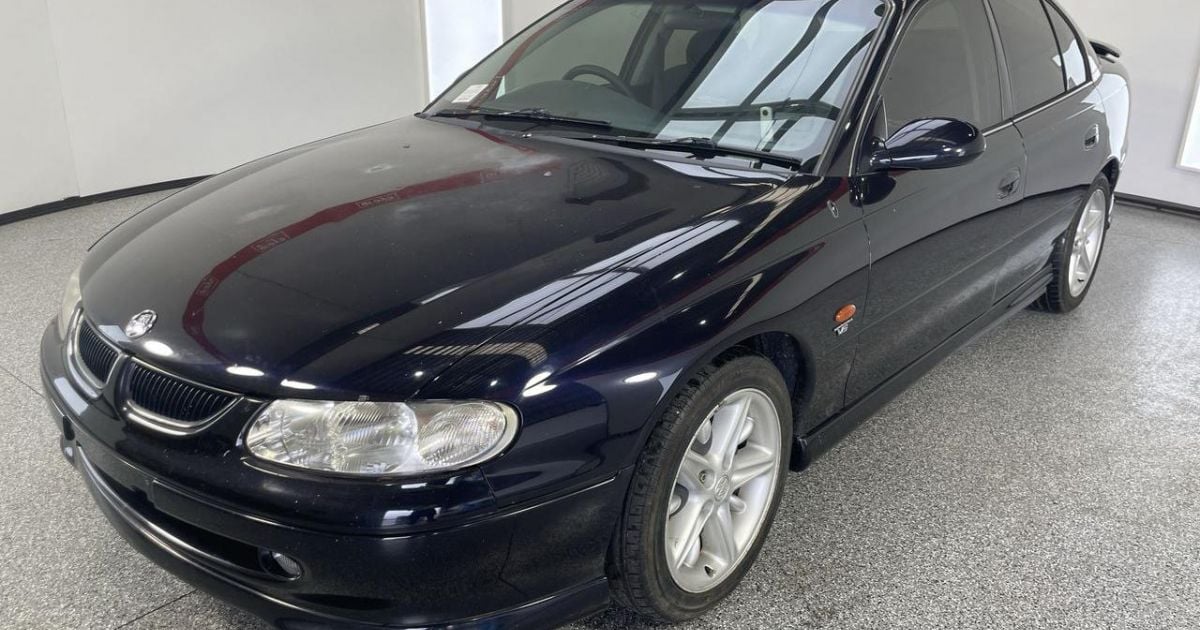
Photo credit: Grays
Err, not so fast. Holden used the SS nameplate on a six-cylinder VT Commodore in 1997.
The supercharged 3.8-litre V6 was a solid mill, with a good deal more grunt than the regular 3.8-litre. 24kW more power and 71Nm more torque, to be exact.
But with outputs of 171kW and 375Nm, it fell slightly short of the 5.0-litre V8 offered in the SS and significantly shy of the 5.7-litre ‘Gen 3’ V8 that arrived with the 1999 Series II update. You also couldn’t get the supercharged V6 with a manual, unlike the atmo V6 and V8 engines, which meant a four-speed auto was your only option.
The supercharged V6 had arrived in the Commodore with the VS Series II in 1996.
The 3.8-litre was based on an engine that General Motors had first developed in the 1960s, sold off, and then reacquired the tooling for in the 1970s, and by the 1990s it had been refined considerably – though Commodore critics tend to take a dim view of it because it replaced the Nissan inline six with the VN generation of 1988.
With the VT, Holden expanded the availability of the supercharged V6, making it an option for S and SS models. While both trim levels featured the firmer FE2 suspension tune and a sporty appearance package, there were differences in standard equipment.
Over the S, the SS had standard anti-lock brakes, front fog lights, a front passenger airbag and grippier front seats. It also upgraded from 16- to 17-inch alloy wheels.
With the Series II update in 1999, Holden removed the option from the SS, making the supercharged SS an extremely rare model. As to how rare, that’s not clear as no production numbers have been published.
VE Series II Calais Redline
While over the years you could get the Calais, Holden’s fanciest Commodore, with some heady engines like turbocharged and supercharged sixes and a V8, it wasn’t really pitched as a performance model. This was always the most luxurious standard-length Holden.
That started to change with the VY Series II of 2003, when Holden gave the Calais a lower ride height and a unique FE1.5 suspension tune – firmer than ‘regular’ Commodores but not as firm as S and SS models – as well as a raft of visual enhancements such as bolder 17-inch alloy wheels and side skirts.
From this point on, the Calais was intended to have more of a European-style sports luxury vibe, which eventually saw it even gain a wagon version – after all, what’s more European than a wagon?
With the VE Commodore of 2006, Holden even went so far as to give the new flagship Calais-V the same FE2 suspension tune of the sporty SV6 and SS models.
This was replaced with a plusher FE1.5 tune in fairly short order, but nevertheless the Calais – and especially the Calais-V – now had a fairly defined mission to be the sports-luxury Commodore.
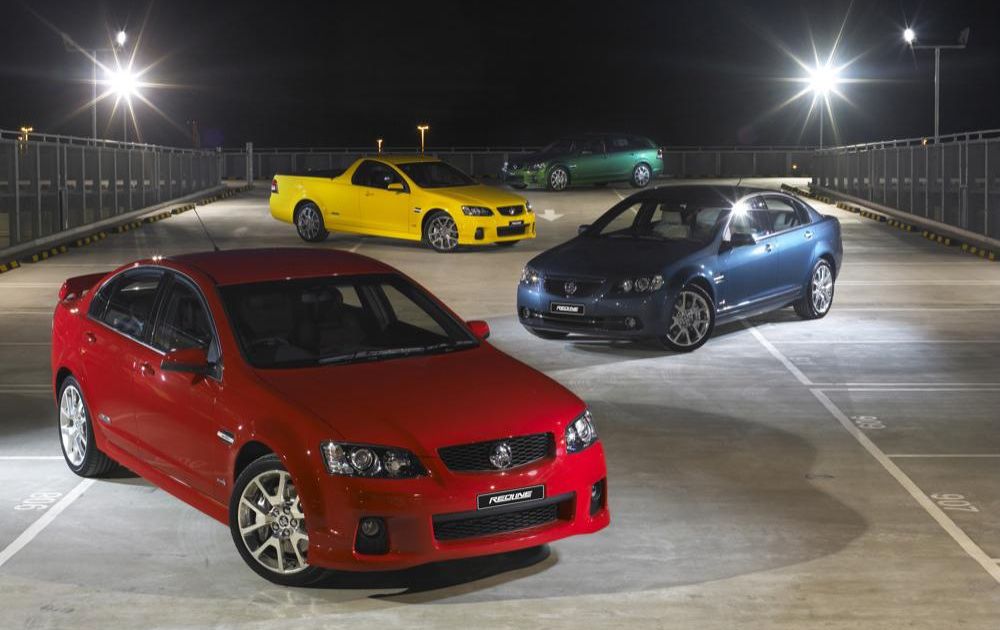
The VE Series II Redline range
The revised VE Series II arrived in 2010, bringing subtle design tweaks and a 6.5-inch touchscreen infotainment system, and that year Holden introduced special Redline versions of its sportiest (SS-V) and most luxurious (Calais-V) Commodores.
For an extra $2500 over the SS-V sedan, wagon and ute and Calais-V sedan and wagon, the Redline brought Bridgestone Potenza tyres and Brembo brakes with four-piston front calipers and 355mm rotors.
The Redline models also rode on polished 19-inch forged alloy wheels used on the Pontiac G8 GXP exported to the US. GM had announced in 2009 it would shutter the Pontiac brand, which closed its doors in 2010.
This resulted in the temporary end of Holden’s export program to the US, resumed later with the Caprice-based Chevrolet Caprice PPV and Commodore-based Chevrolet SS.
The G8’s unique front-end styling and other exterior design cues were reused locally on the Commodore SS-V Special Edition, while the HSV Maloo and Clubsport GXP reused the name of the hottest G8 model.
Those G8 GXP wheels resurfaced not only on a sedan, the only body style that had been offered in the US, but also wagon and ute models (Pontiac’s demise had seen plans to sell the Commodore ute there scrapped at the 11th hour).
Redline sedan models featured an even sportier “track-inspired FE3 super sports suspension set-up” with retuned dampers and stiffer stabiliser bars, as well as chrome window surrounds to match the shiny wheels.
The Calais Redline built on the spec of the Calais-V, which already included features not found on other Commodores including rain-sensing wipers, heated exterior mirrors, eight-way power-adjustable front seats and front parking sensors.
While the Calais-V could be had with a 3.6-litre V6, to get the Redline package the 6.0-litre V8 was mandatory. While the SS-V Redline could be had with a six-speed manual and an extra 10kW and 13Nm, the Calais Redline was offered only with a six-speed auto and its V8 pumped out 260kW/517Nm.
The Redline name would continue with the VF and VF Series II lineups, but the Calais Redline was retired after 2011.
The Calais and Calais-V would continue to be the sports-luxury Commodores, but Holden would never again do a Calais quite as racy as the Redline.
MORE: 10 Holdens you may have forgotten
MORE: More Holdens you may have forgotten
MORE: 10 Fords you may have forgotten: Part I
MORE: 10 Fords you may have forgotten: Part II
MORE: 10 Chryslers you may have forgotten
MORE: 10 Mazdas you may have forgotten: Part 1
MORE: 10 Mazdas you may have forgotten: Part II
MORE: 10 Nissan and Datsun vehicles you may have forgotten: Part I
MORE: 10 Nissans you may have forgotten: Part II
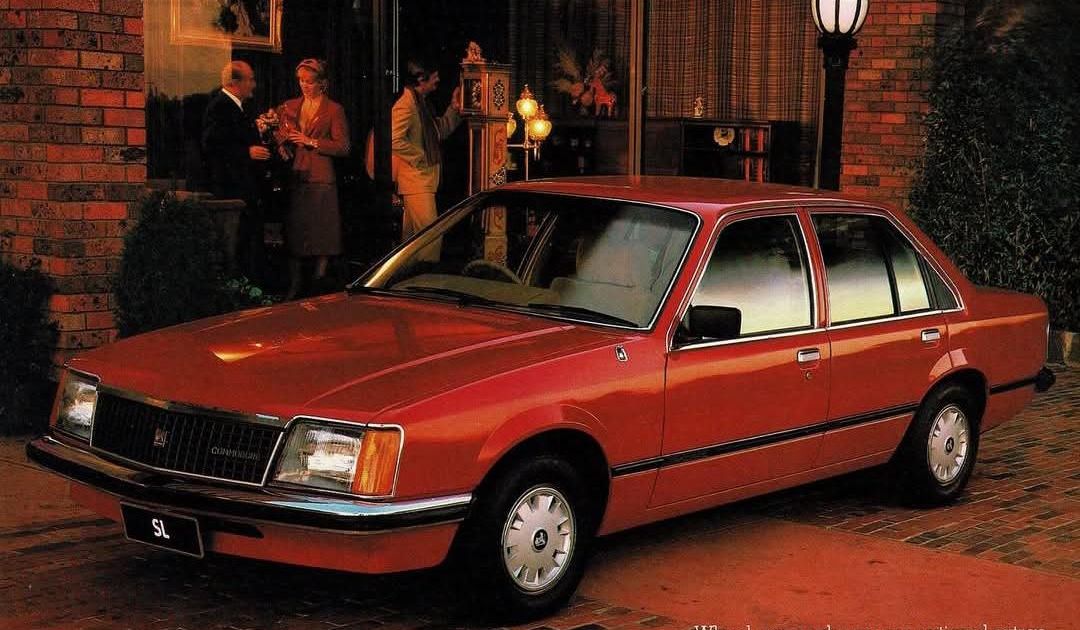
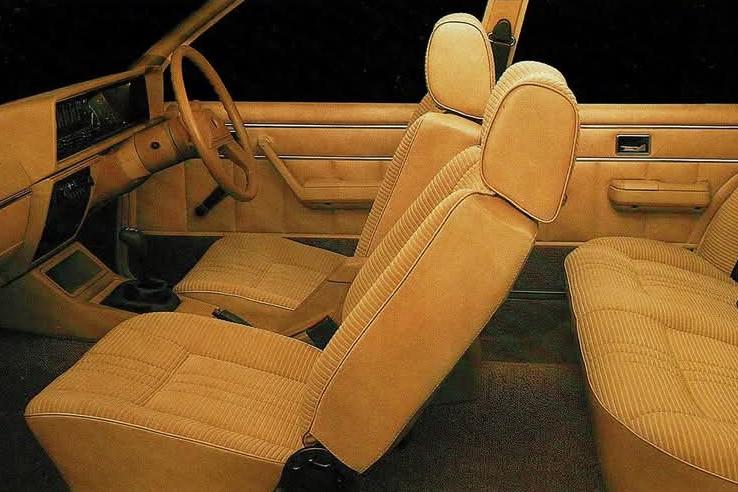
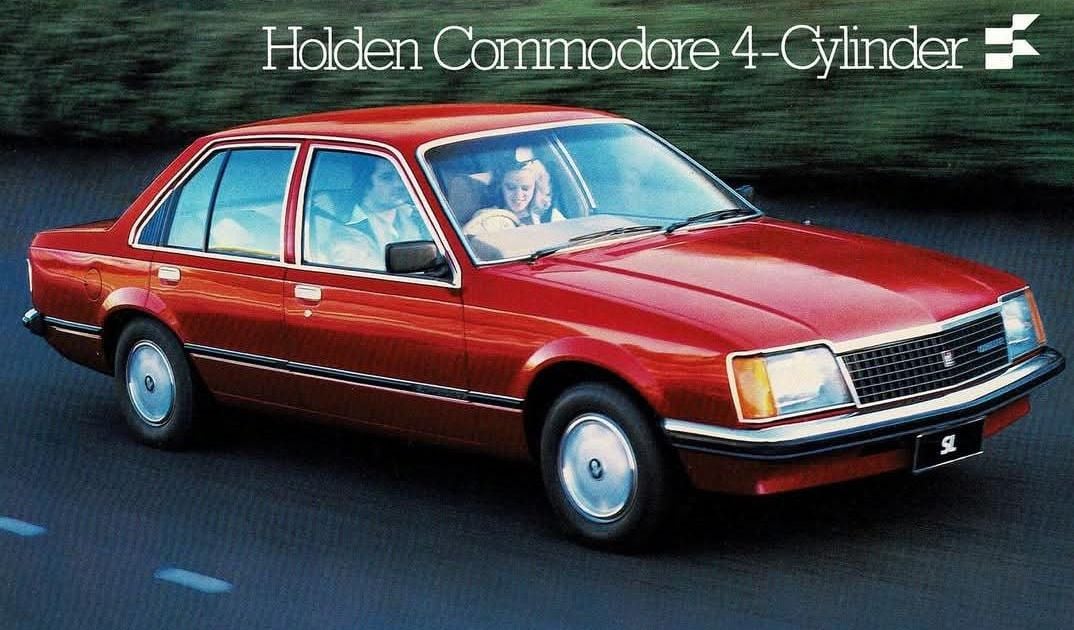
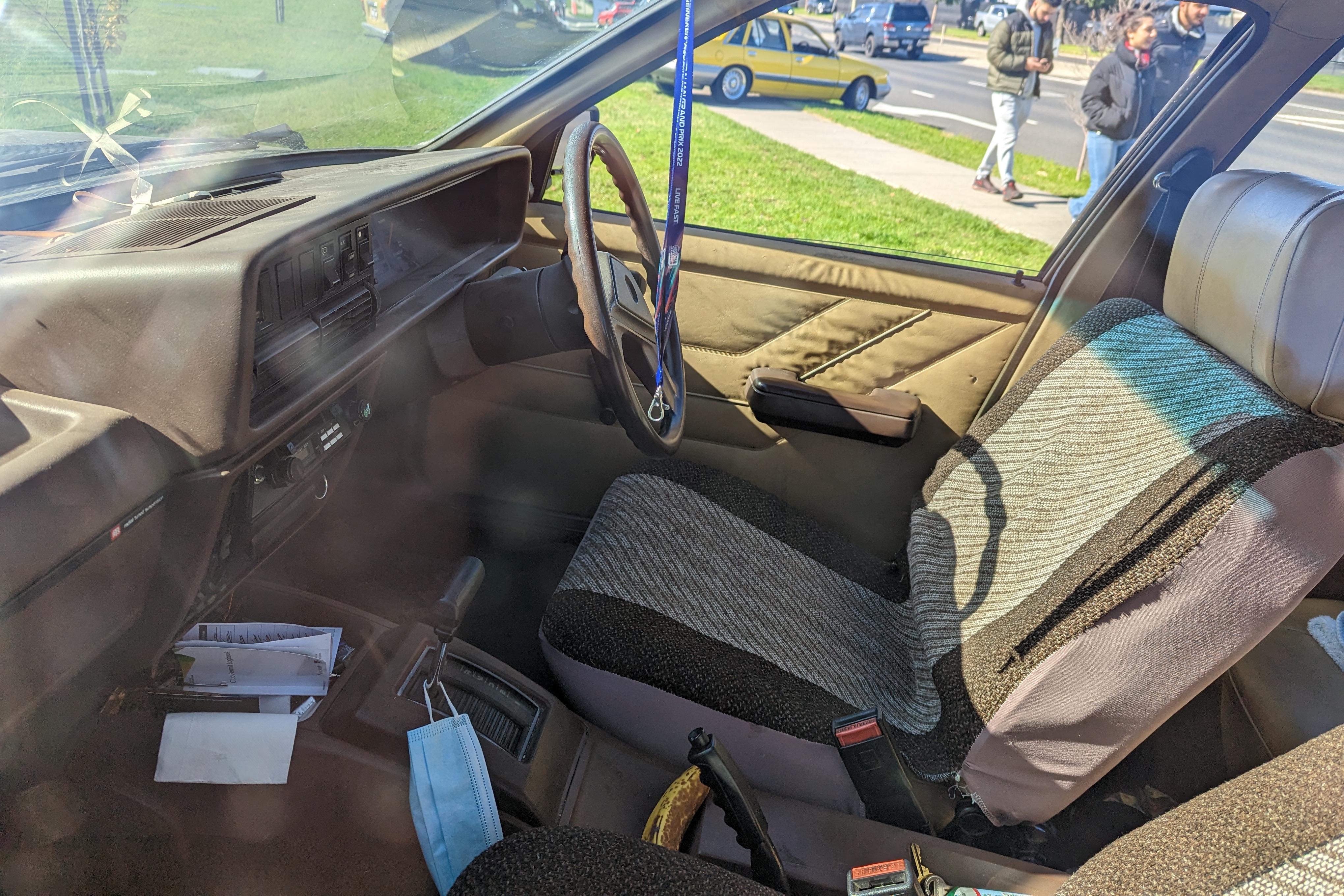
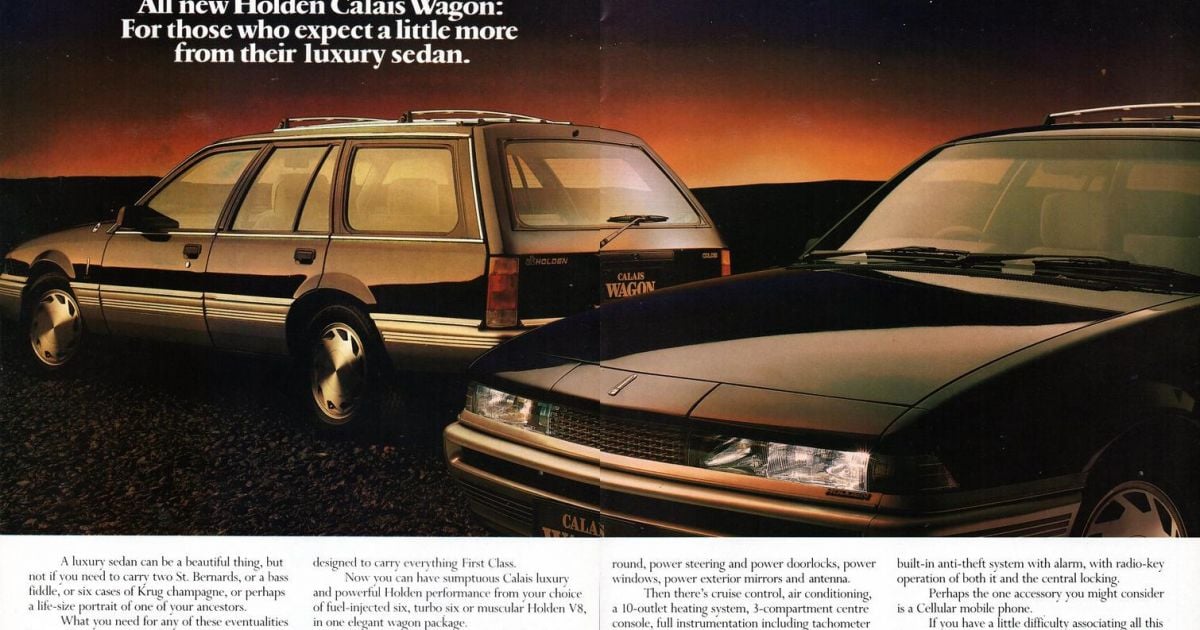
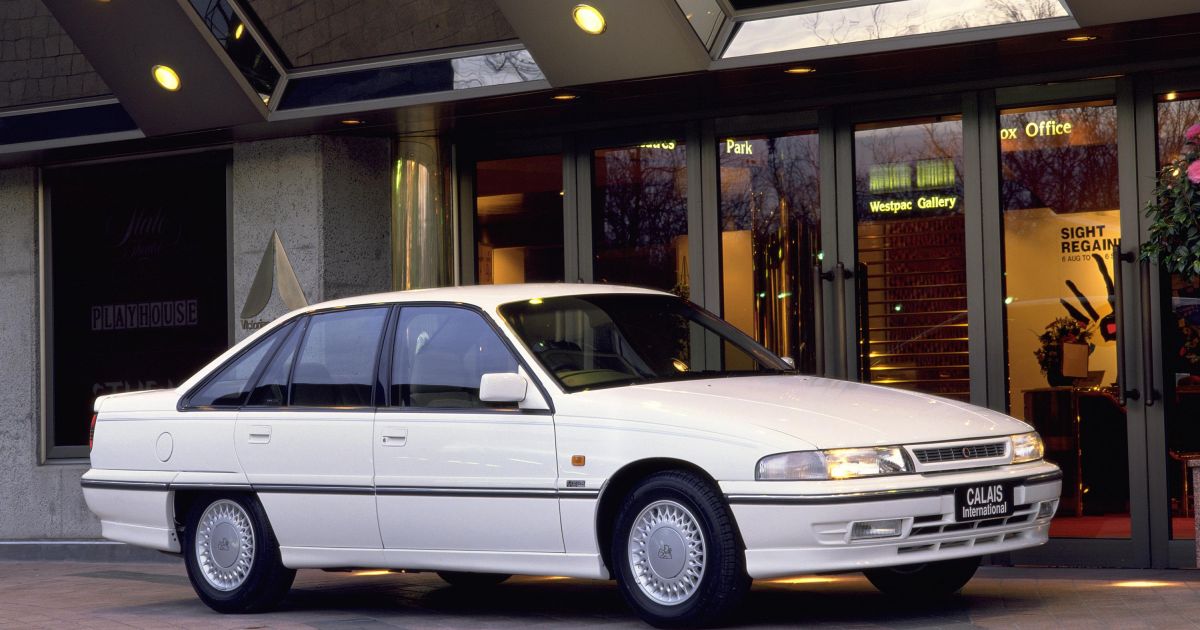

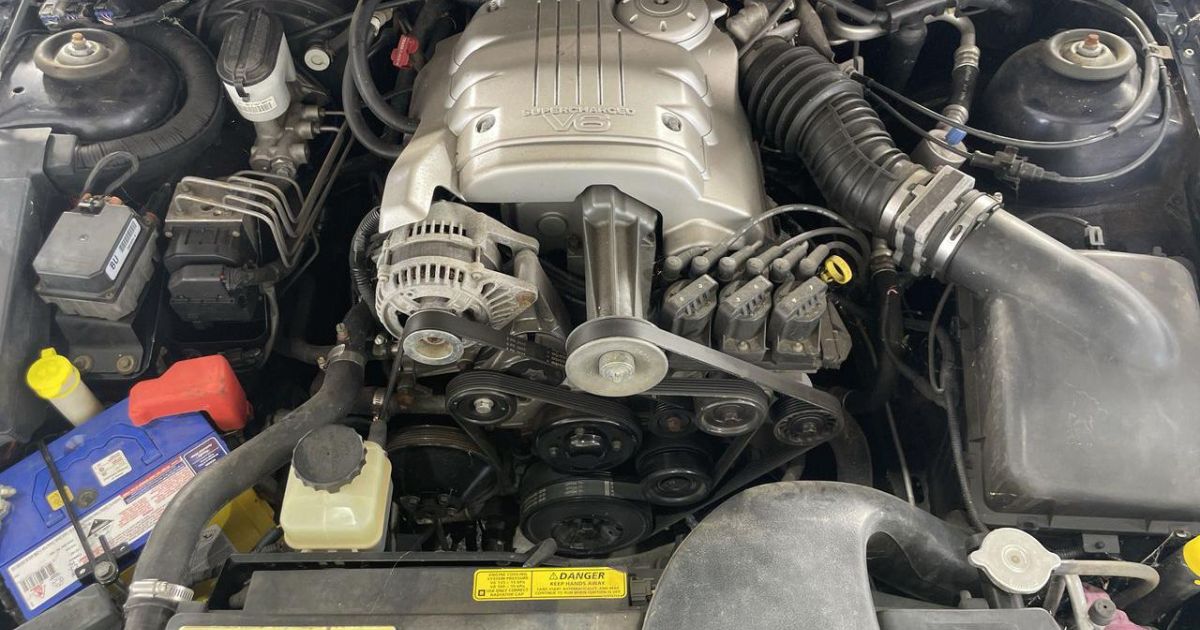
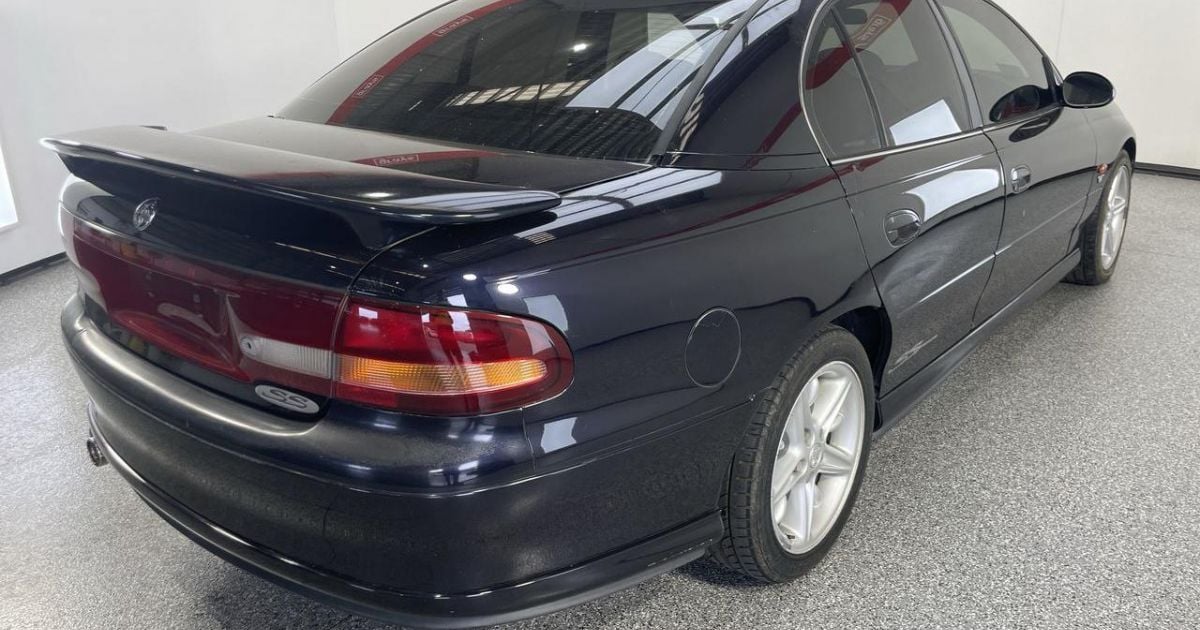


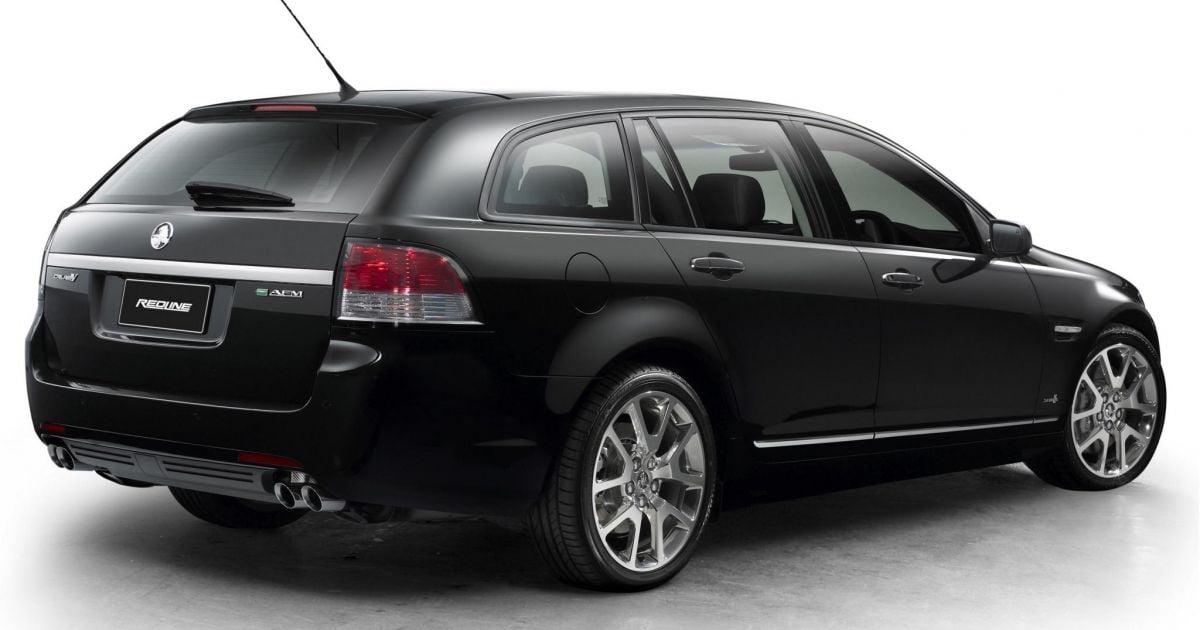
Leave a Comment